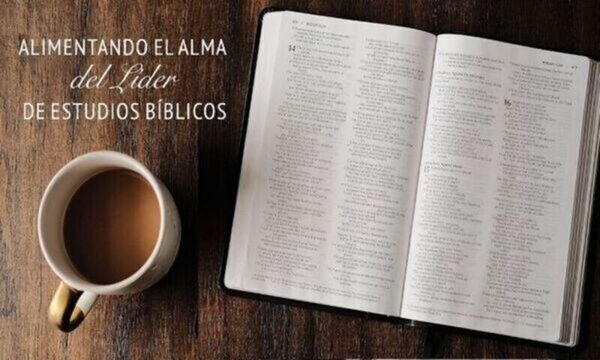There are many helpful resources for those who want to engage the Bible on a deeper level. The big question is how to know which resources might be the most helpful. Periodically, I encounter resources that I think distinguish themselves from the myriad of available options. It is a safe bet that a resource book on Bible charts, maps, and timelines will not hit the bestseller list. However, Jack BeckŌĆÖs has recently been published, and I think it will benefit Christians, pastors, and scholars, who want to engage the Bible more deeply. I have reached out to Jack and asked him to answer a few questions that might help you in understanding the purposes behind this new book.
How would you describe this book?
It is certainly different than anything else I have written. In most cases, I would pick a topic, research it, organize what I found, and then compose paragraphs to share what I had learned with the reader. In this case, the process stopped before I arrived at the last step. The challenge was to take the key things I had learned and organize that content visually on a single page or two. As the title suggests, it offers quick-reference information for Bible readers in the form of charts, maps, and timelines. What is not clear from the title is how much visual material like photographs and illustrations are included. Many of the illustrations were commissioned for this project and so appear here for the first time.
Can you give me an example of what I might find within it?
LetŌĆÖs consider a couple of situations. If you are trying to get the kings of the Divided Kingdom and their relationship to one another clear in your wind, we have a timeline that will help with that. If you are reading about a specific type of tree like the olive tree and were wondering about its biology and cultural use in Bible times, we have a chart for that. If you are comparing the successes and failures of King Saul, we have a chart that overviews that. If you are wondering what archaeological discoveries could influence your reading and understanding of the Bible, we have charts and photographs that will help with that. If you are looking for an overview of JesusŌĆÖ sermons and discourses, we have a chart for that. If you are looking for an illustration of NoahŌĆÖs ark, we have it. And if you are looking for an illustration of Jerusalem as it changed during Bible times, we have a set of illustrations for that.
Why did you write it?
There are other books of maps, charts, and timelines on sale with other publishers. What I noticed is that they tended to fall into two categories. Either the presentation was very simple serving new Bible readers, or very complex serving more advance Bible scholarship. What was missing was the tool in the middle. That is where I hope this book finds a home. I wanted to provide the average Bible reader with an academically sound but highly accessible quick-reference tool to support their Bible reading and teaching.
For whom did you write it?
I hope that it will be used by pastors, Bible study leaders, and any Bible reader for that matter who needs a reasonably-priced, quick-reference tool to support their personal Bible reading, their preaching, and their classroom teaching.
How do you see it being used?
Of all the books I have written or am writing, I have consulted this one more often than any of the others, so I have a sense that it meets the practical needs others have for such a tool. When I need a date for an event, an overview of a topic like the covenants, or an image to support my teaching, I have one source that delivers every time. Let me also add a word about its role in the classroom. Baker has approved the replication of most pages for classroom use. So if you were teaching a class on various Jewish sects at the time of Jesus, you could copy a pair of pages that overviews them all for your class. The pages would not be comprehensive but they would provide essential information on groups like the Pharisees, Sadducees, Essenes, and Zealots. On that page, you would find out who the Pharisees were, what they believed, and key moments of interaction with Jesus.
 51┬▄└“
51┬▄└“
.jpg)
.jpg)

